We may earn money or products from the companies mentioned in this post. This means if you click on the link and purchase the item, I will receive a small commission at no extra cost to you … you’re just helping re-supply our family’s travel fund.
American cities are full of plans that sounded smart in meeting rooms and disaster-proof on paper. Highways promised smooth traffic but carved up neighborhoods. Towers chased ocean views while seas crept higher. Suburbs pushed deeper into floodplains, deserts, and fire-prone hills. Decades later, those choices show up as flooded homes, broken transit, heat emergencies, and stubborn inequality. These places are not failures, but they are living with the long shadow of decisions that treated people as an afterthought.
Detroit, Michigan, Freeways Through Black Bottom

Detroit tried to reinvent itself by bulldozing Black Bottom and Paradise Valley, two dense Black neighborhoods full of homes, clubs, and storefronts. In their place came the I-375 trench and sterile renewal projects that never delivered the promised boom. Families lost houses, businesses lost customers, and the city lost a cultural heart. Now Detroit is spending again to remove or redesign that freeway, paying in concrete and time for a choice that erased thriving streets.
Houston, Texas, A City Without Zoning

Houston grew fast by letting the market decide almost everything, including where homes, warehouses, and strip malls landed. That freedom also meant subdivisions poured across former prairie and wetlands that once soaked up stormwater. When major storms hit, water has nowhere to go except into streets and living rooms. Patchwork rules and voluntary agreements are trying to fix what lax land use created, but the city still carries the risk baked in by decades of easy building.
Phoenix, Arizona, Sprawl In A Heating Desert
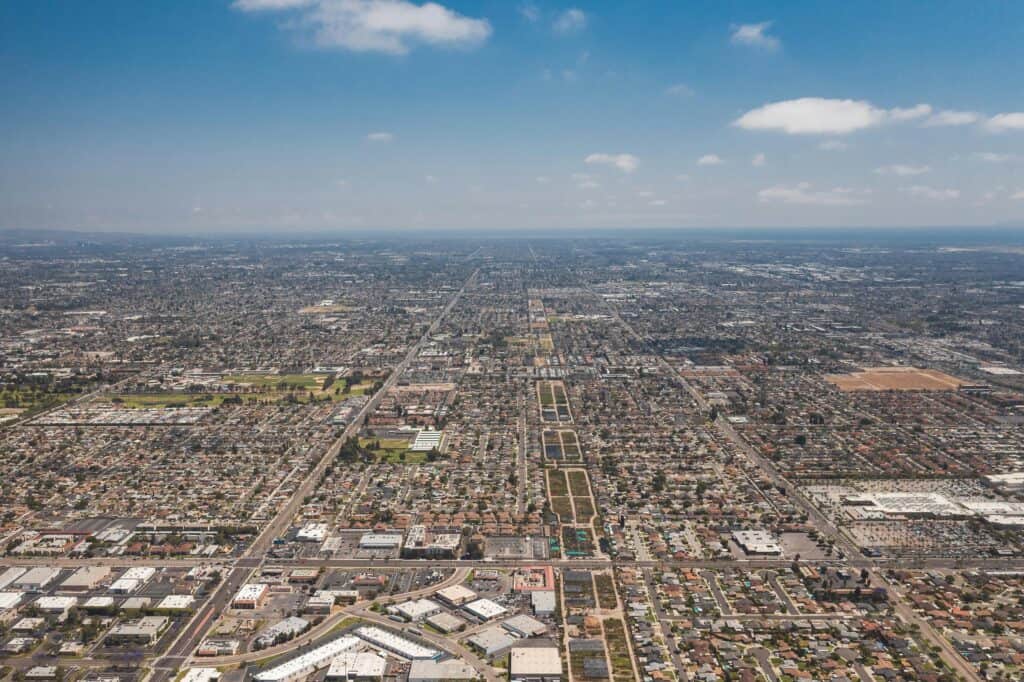
Phoenix spread outward on the assumption that air conditioning, canals, and cheap fuel could always tame the desert. Subdivisions, parking lots, and wide roads turned natural ground into a giant heat trap. As temperatures climb and drought tightens, residents face brutal heat, higher power demand, and rising anxiety about future water supplies. Planners now talk about shade, density, and transit, but they are working against a built landscape that multiplied heat instead of softening it.
Las Vegas, Nevada, Growth On Borrowed Water

Las Vegas built a neon oasis on a shrinking river, trusting big engineering and clever deals to keep taps running. Casinos, golf courses, and new suburbs flourished while Lake Mead quietly dropped. Conservation programs, turf removal, and recycling are now mandatory, not optional, as the city scrambles to stretch every drop. The long bet that the Colorado River would always be generous has turned into a high-stakes calculation in a hotter, drier climate.
Los Angeles, California, Freeways And Locked-In Sprawl
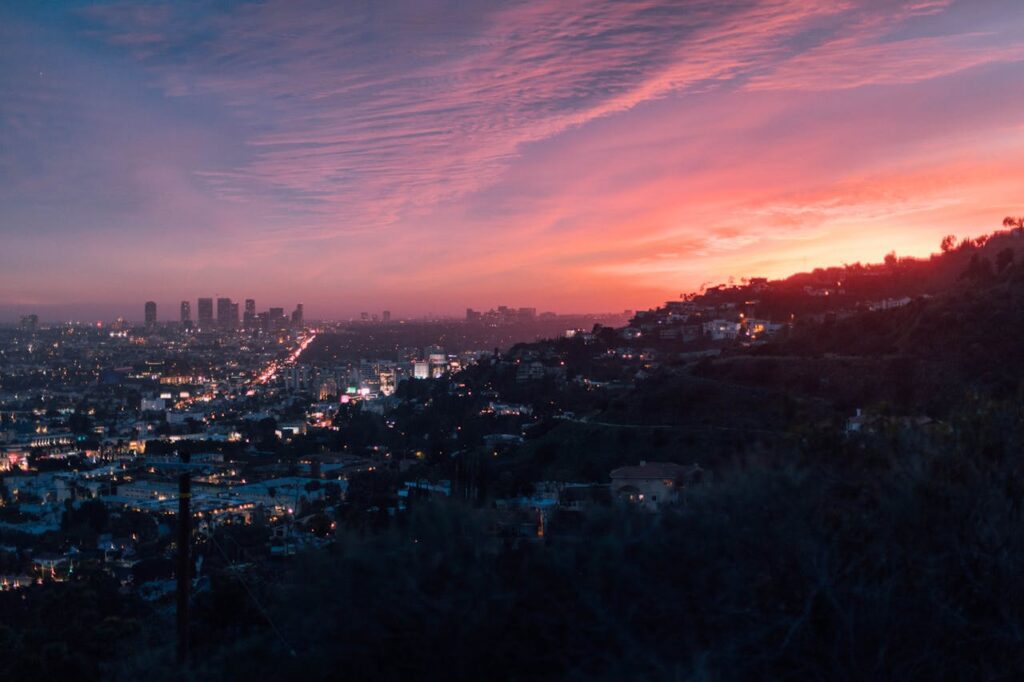
Los Angeles bet hard on cars and single-family neighborhoods. Freeways sliced through communities, wiping out blocks in places like Chavez Ravine, while zoning locked huge areas into low density. That made driving almost mandatory and squeezed how much housing could be built where jobs already existed. Today the region wrestles with clogged roads, high rents, and deep inequality. Every effort to add rail lines or apartments has to push against rules written for a different era.
San Francisco, California, A Tight Grip On Housing
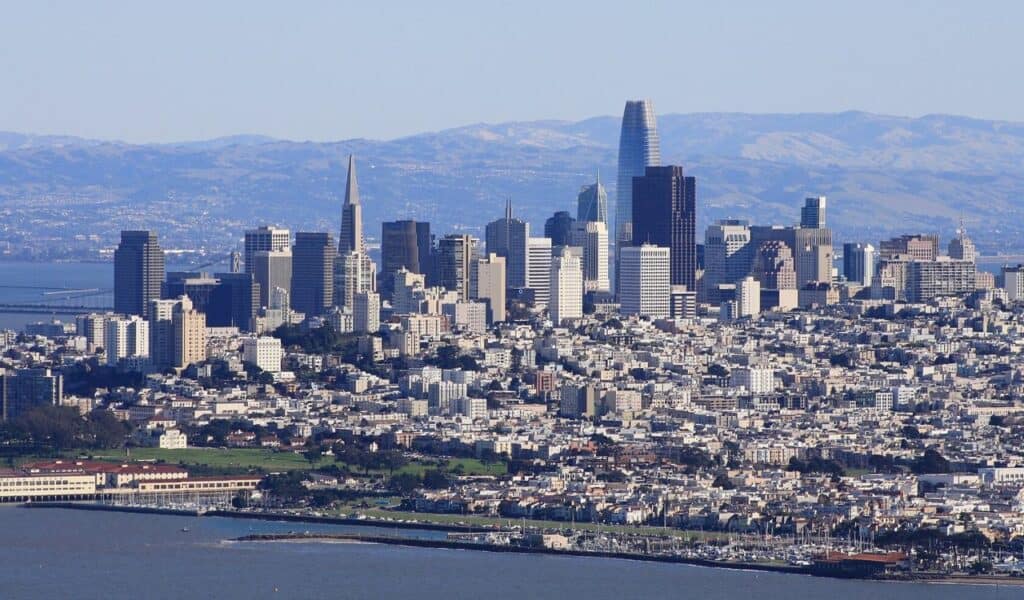
San Francisco wrapped itself in strict height limits, historic overlays, and a culture that often treats new buildings as a threat. Years of drawn-out hearings and appeals made it easy to stall apartment projects even near transit and jobs. The result is a city where demand greatly outpaces supply, pushing prices skyward and pushing workers farther out. Reforms are finally coming, but every delay keeps the ladder pulled up for people who arrived earlier.
New Orleans, Louisiana, A Highway Through Tremé

New Orleans chose to run the Claiborne Expressway right through Tremé, one of its oldest Black neighborhoods. A tree-lined boulevard and bustling business strip were traded for concrete pillars, noise, and shadows. Families scattered, shops closed, and the neighborhood’s economic base crumbled. Today, serious talk of removing or capping the highway shows how expensive it is to undo a plan that treated a living community as empty space on a transportation map.
Miami, Florida, Towers On A Shifting Shoreline

Miami chased a waterfront skyline, lining its coast and barrier islands with high-rises that assume stable ground and manageable seas. As tides rise and storms intensify, saltwater seeps into streets and infrastructure, and questions about building safety have become harder to ignore. Residents pay higher insurance, stricter inspections, and growing unease about long-term value. The city now has to retrofit resilience into places where the land and the regulations never truly matched the risks.
Atlanta, Georgia, The Downtown Connector Wound
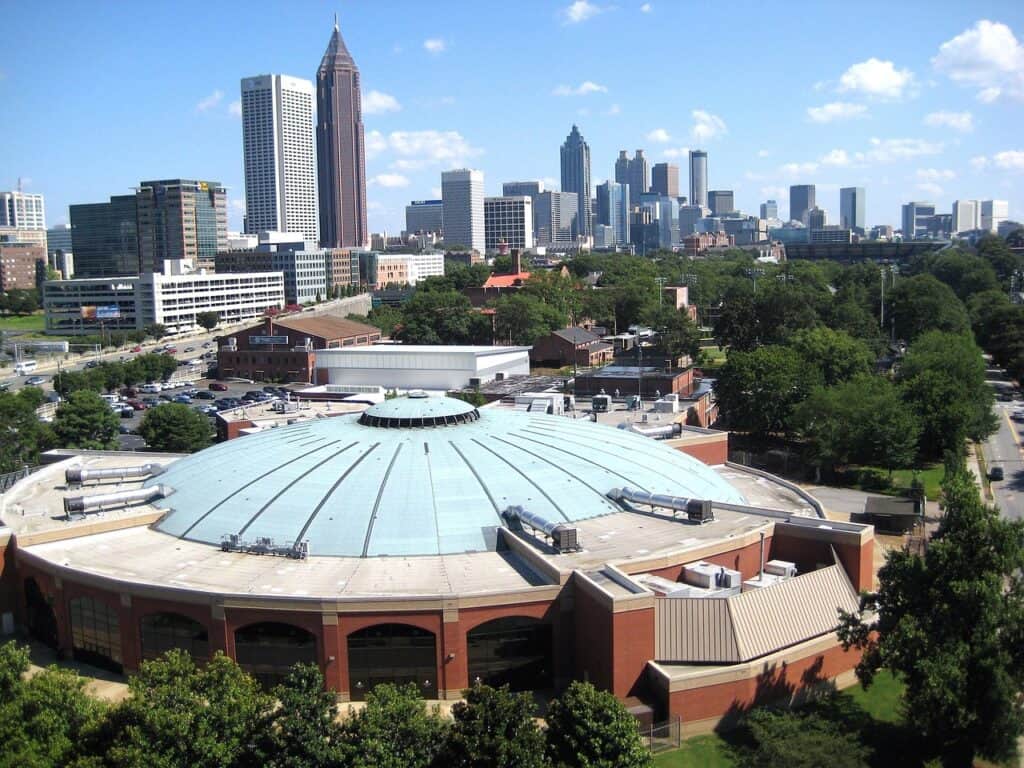
Atlanta carved the Downtown Connector right through its core, concentrating interstate traffic into a deep, noisy trench that separates neighborhoods. The highway never truly cured congestion, but it did leave a physical and psychological barrier between communities and key destinations. Proposals like capping sections with parks show how much effort is needed just to stitch streets back together. The region is now learning that mobility built only around cars can box a city in.
Dallas, Texas, Built For Cars First
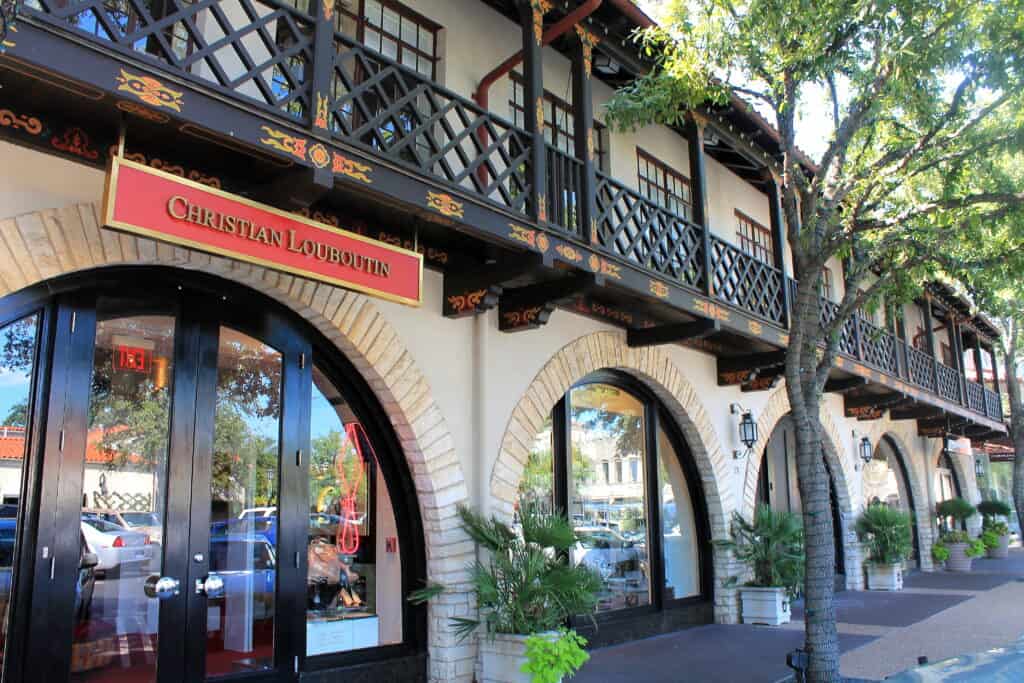
Dallas embraced big roads and wide separations, ringing downtown with elevated highways and spreading development outward. That pattern made daily life heavily dependent on driving and left transit struggling to compete. Walkable districts and mixed-use projects now have to fit around massive interchanges and frontage roads that dominate valuable land. As the city tries to grow up as well as out, each step toward a more balanced network is slowed by what exists already.
Orlando, Florida, Tourism Traffic And Endless Widening
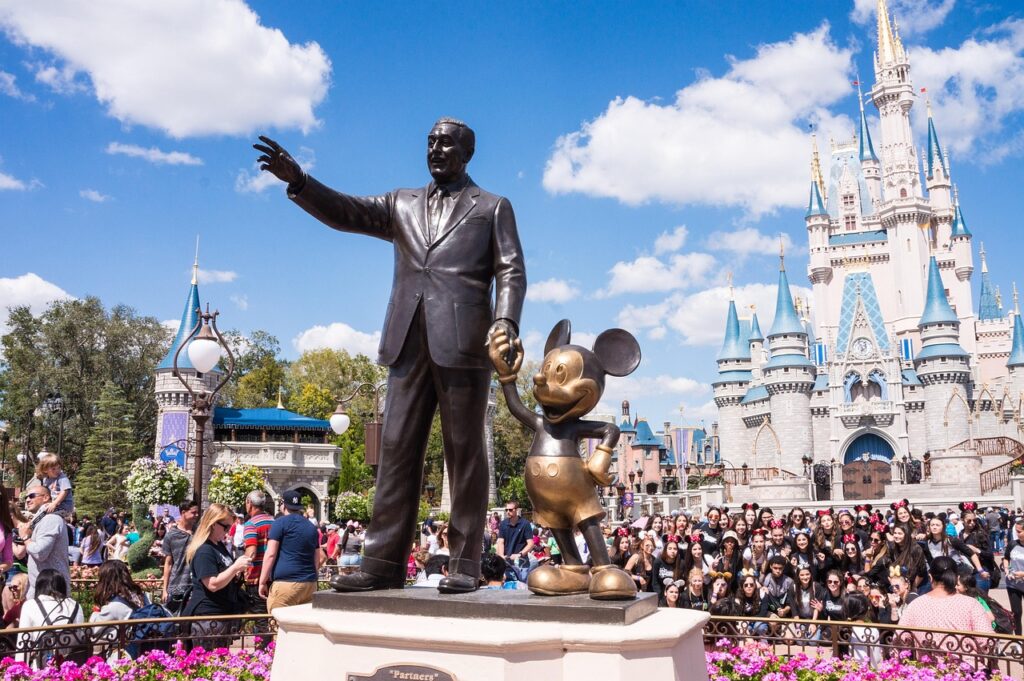
Orlando planned around theme parks, resorts, and real estate deals, with I-4 and major arterials as the main tools. Each round of widening promised relief, yet congestion quickly returned as new lanes invited more cars and development. Neighborhoods caught near the highway shoulder daily noise and pollution while transit options lagged behind. The region now faces the reality that it cannot pave its way out of traffic, no matter how many times crews add another lane.
St. Louis, Missouri, The Pruitt-Igoe Fallout
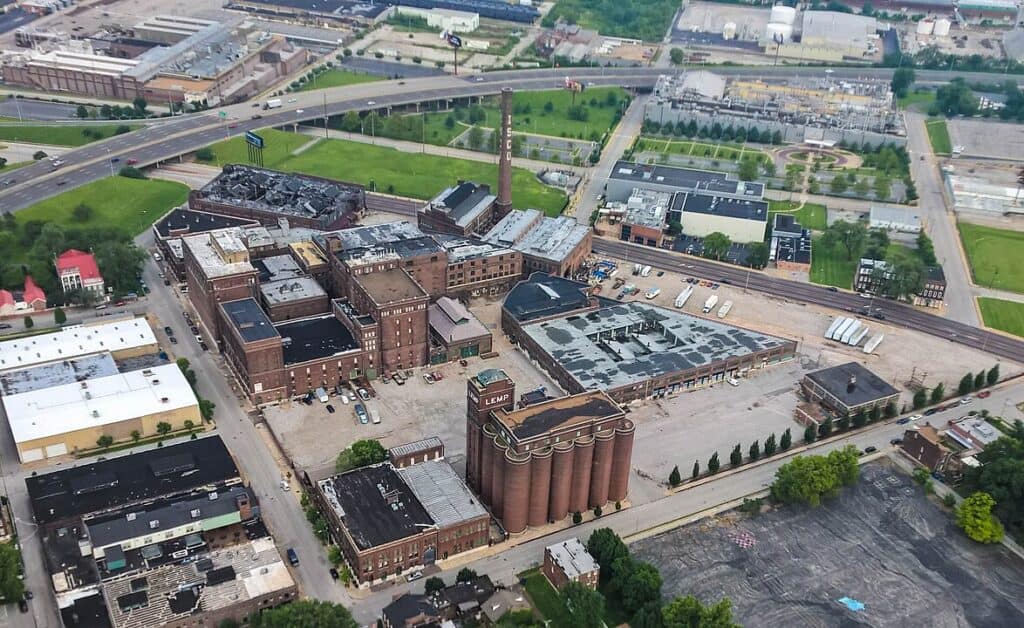
St. Louis tried to solve overcrowding and blight with Pruitt-Igoe, a modernist public housing complex once hailed as bold progress. Underfunding, racial segregation, and poor maintenance turned those towers into a symbol of neglect rather than renewal. Demolition in the 1970s left a vacant site and a lasting cautionary tale. The city still lives with the distrust created when planners imposed a grand vision that never matched residents’ needs, budgets, or daily realities.
Other Blog Posts You Might Enjoy
www.idyllicpursuit.com (Article Sourced Website)
#American #Cities #Paying #Price #Big #Planning #Mistakes #Idyllic #Pursuit
